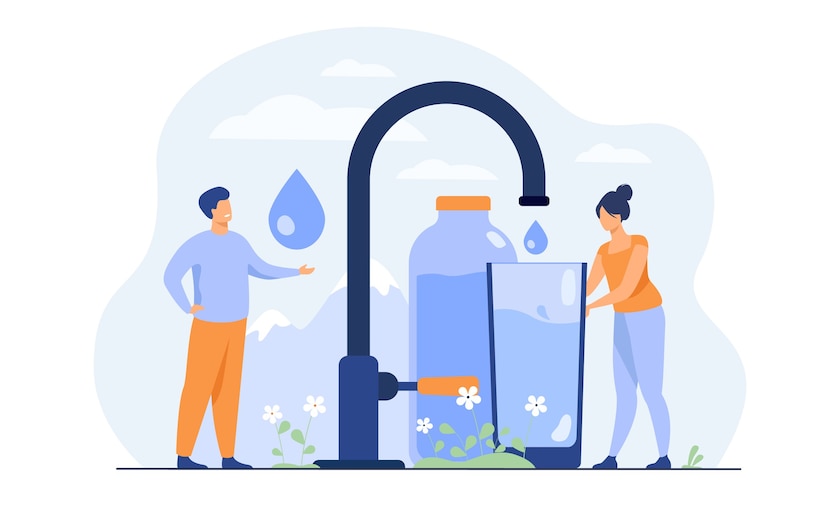What Are the Major Problems Faced by Residents Due to Water Scarcity?

Water is one of the most undervalued but overused commodities while being a necessity for people. Even though water is essential to our existence, we have not given it the attention it deserves in our planning as our civilization increasingly transforms into an urban one.
Early civilizations grasped the value and need for water over time and designed their way of life around it. Water has spawned and destroyed civilizations. We now have this advantage, yet we still do not respect it or build our civilizations around it. Consider India for a moment. The Ganges and the Indus rivers were the birthplaces of the world’s oldest civilization, which is still going strong today. albeit not for long. Utilizing the power of water by managing and storing it through sizable dams was accorded the proper emphasis after independence. The situation called for that. However, as a result of subsequent urban and rural development, water supply and need have not been planned for.
Water scarcity challenges in housing societies
Despite how valuable this resource is, water can sometimes lead to maintenance problems in housing societies. Be it receiving contaminated or unclean water, experiencing a shortage of water, or dealing with unforeseen leaks and wastage, housing societies are facing a lot of challenges in the cover of water scarcity in metro cities. The municipal authorities in several Indian cities are not providing enough water to planned residential colonies’ residents for daily usage. Even though there is infrastructure for water delivery in the colonies and water is distributed via a piped network, most houses still struggle with a water deficit. A review of the current situation shows that the issue is more a result of poor administrative practices and public usage than it is a result of the supply agency having less water available.
The municipal agency typically pumps water into the piped network three times a day—in the morning, afternoon, and evening for distribution to consumers. If the situation is examined over the course of a year, however, significant fluctuations in this pattern are observed. Three times a day delivery of water is not always the case. Residents are confused if they will receive water at the scheduled time since they have not been notified and updated about the water delivery timings.
On the subject of how long water will be available, there is also little agreement. The duration of the water distribution to customers at the appointed time is unknown. Municipal supplies may be obtained for a half-hour at times, or they may be supplied for only five or ten minutes. Residents find it challenging to keep their supplies and meet their demands in this short time.
Given the potential effects on consumer health, the quality of the water received is a serious issue. The water frequently has an unpleasant odor. Leaks in the pipelines allow sewage and dirt to enter, contaminating the water in the piped municipal network. The excessive use of chlorine by the supply agency during the treatment process has an impact on the flavor of the water as well.
Household solutions to deal with Water Scarcity
- Water is wasted in substantial amounts when dishes are washed at home. We must modify the way we wash dishes and break the habit of leaving the water running.
- Each individual home or apartment, as well as any colony housing for groups, must have a rainwater collection system. This alone has the potential to drastically lower the demand for water provided it is well-designed and administered.
- Recycling and purification of used water for non-drinking applications. Many low-cost technologies are available that can be used in places with communal living.
- Our houses, public spaces, and colonies frequently have water leaks. 226,800 liters of water can be lost annually due to a modest, consistent water leak! Dealing with these flaws and leaks can therefore significantly contribute to water conservation.
Conclusion
The nation that pumps the most groundwater has come to terms with its water supply and food safety, which poses a danger to long-term public health as well as political and economic stability. India urgently needs remedies, regardless of the method. One out of every two children in the nation’s 100 million families lacks access to clean water. Giving communities access to water is one of the finest ways to guarantee environmental justice in India so that families may raise their children with dignity.
Popular Searches
advantages of IoT based smart water management system | rain water harvesting in society | importance of wastewater treatment | IoT based water management system | how to clean water tank | what is meant by water management | water management challenges | water management system | how to prevent wastage of water | tips for energy conservation | measuring electricity | pre-scheduling tanker management system | sustainable water management




